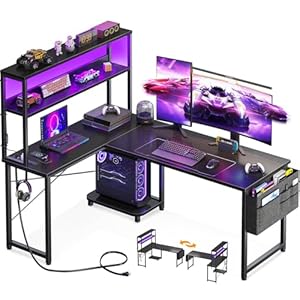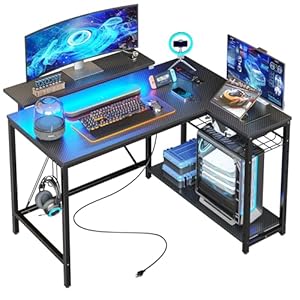
When it comes to gaming monitor performance, have you ever considered how refresh rates impact your gameplay? The refresh rate of your monitor can significantly influence the smoothness of visuals and responsiveness during gaming sessions. But what exactly does this mean for your overall gaming experience? Stay tuned to uncover the intricate relationship between refresh rates and gaming monitor performance, and how it might just change the way you view your favorite games.
Importance of Refresh Rates
Understanding the importance of refresh rates is crucial when assessing gaming monitor performance. Refresh rate refers to how many times per second your monitor updates with new images. A higher refresh rate means smoother visuals and less motion blur during fast-paced gameplay. For gamers, this can make a significant difference in overall gaming experience.
When the refresh rate is low, such as 60Hz, you may experience screen tearing, where the monitor displays multiple frames at once, causing a disjointed image. Higher refresh rates, like 144Hz or 240Hz, can eliminate this issue, providing a more seamless and immersive gaming experience.
In addition to reducing screen tearing, higher refresh rates also improve responsiveness. With a higher refresh rate, the monitor can display new frames quicker, allowing for faster reaction times in games. This can give you a competitive edge, especially in fast-paced multiplayer games where split-second decisions can make all the difference.
Smooth Gameplay Experience
To ensure a smooth gameplay experience, prioritize a gaming monitor with a high refresh rate. A high refresh rate, such as 144Hz or 240Hz, allows for more frames to be displayed per second, resulting in smoother motion and reduced motion blur during fast-paced gaming moments. When the refresh rate is low, the screen may struggle to keep up with the rapid movements in games, leading to choppy visuals and potential input lag. By investing in a monitor with a high refresh rate, you can enjoy a more immersive gaming experience with fluid animations and responsive gameplay.
With a high refresh rate monitor, you’ll notice a significant difference in how smooth and fluid your games appear. The increased number of frames being displayed each second makes motion look more natural and seamless, enhancing your overall gaming experience. Whether you’re exploring vast open worlds, engaging in intense multiplayer battles, or racing against the clock, a high refresh rate monitor can make every moment feel more lifelike and engaging.
Responsiveness and Input Lag
How do refresh rates impact the responsiveness and input lag of your gaming monitor?
The refresh rate of your monitor plays a crucial role in determining how quickly the screen updates with new information from your graphics card. A higher refresh rate means that the monitor can display new frames more frequently, resulting in smoother transitions between images. This improved responsiveness can make a significant difference in fast-paced games where quick reactions are essential.
When it comes to input lag, a higher refresh rate can help reduce the delay between your actions on the keyboard or mouse and when those actions are displayed on the screen. Lower input lag means that the game responds more rapidly to your commands, giving you a competitive edge in multiplayer games or when precision is key.
Choosing the Right Refresh Rate
Wondering which refresh rate to choose for your gaming monitor to optimize performance? When selecting the right refresh rate, consider the balance between smooth visuals and hardware requirements. Typically, gaming monitors offer refresh rates of 60Hz, 120Hz, 144Hz, 240Hz, and even higher.
For casual gamers or those on a budget, a 60Hz monitor can suffice, providing a decent gaming experience without breaking the bank. However, for competitive gamers or those seeking a more fluid display, higher refresh rates like 144Hz or 240Hz are recommended. These faster refresh rates result in smoother motion, reduced motion blur, and increased responsiveness, which can significantly enhance your gaming performance.
Keep in mind that achieving higher refresh rates also requires a more powerful graphics card to match the monitor’s capabilities. Therefore, it’s essential to assess your hardware capabilities and gaming preferences when deciding on the ideal refresh rate for your gaming monitor. Ultimately, choosing the right refresh rate can elevate your gaming experience by providing smoother gameplay and better overall performance.
Gaming














